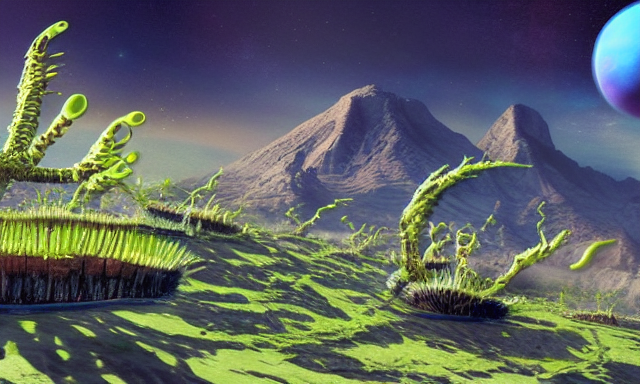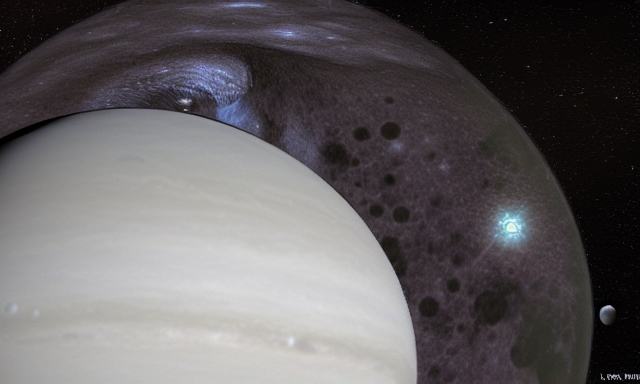Life on rogue planets.
Life on rogue planets.

Image created by me in playgroundai
Life exists in the universe and at least we know to some extent the recipe for the emergence of living beings, it is the combination of ingredients that occurred here on earth, for the moment it is the only place with life in the known universe, although the Universe unknown is immense and although we have not yet found life outside the earth we can at least deduce that if it arose elsewhere in the Cosmos it must have been thanks to the recipe that succeeded here on our planet and one of the fundamental ingredients to awaken the spark of life is liquid water.

Image created by me in playgroundai
What is new is that Scientists from the ORIGINS Group and the Max Planck Institute in Germany have determined what are the necessary conditions for allowing life to emerge on the moons of free-floating planets.

Image created by me in playgroundai
These rogue planets can have moons or exomoons, nobody prevents them from having them, because in December 2013 a candidate for a rogue planet's moon was announced called MOA 2011 BLG 262b, which could be the first exomoon discovered, but the planets Interstellars are characterized by wandering through space without orbiting a star, so they should be very cold worlds and also do not emit light or heat, enough to warm their moons.
Thank you for visiting my blog. If you like posts about #science, #planet, #politics, #rights #crypto, #traveling and discovering secrets and beauties of the #universe, feel free to Follow me as these are the topics I write about the most. Have a wonderful day and stay on this great platform :) :)
! The truth will set us free and science is the one that is closest to the truth!
0
0
0.000
Thanks for your contribution to the STEMsocial community. Feel free to join us on discord to get to know the rest of us!
Please consider delegating to the @stemsocial account (85% of the curation rewards are returned).
You may also include @stemsocial as a beneficiary of the rewards of this post to get a stronger support.